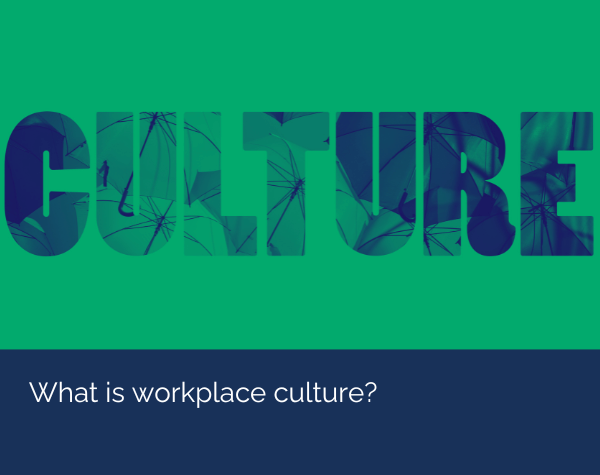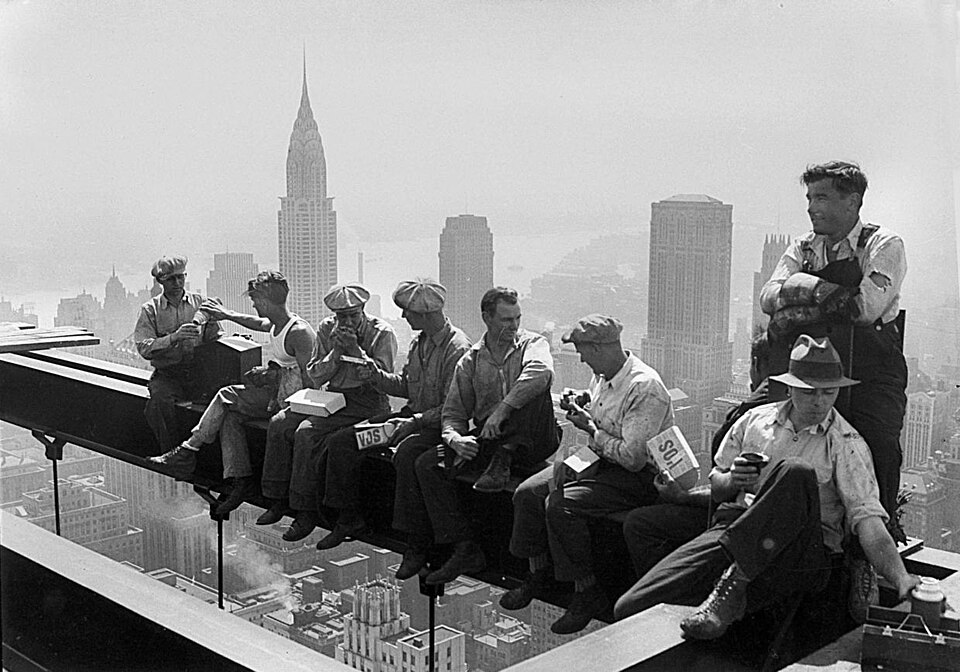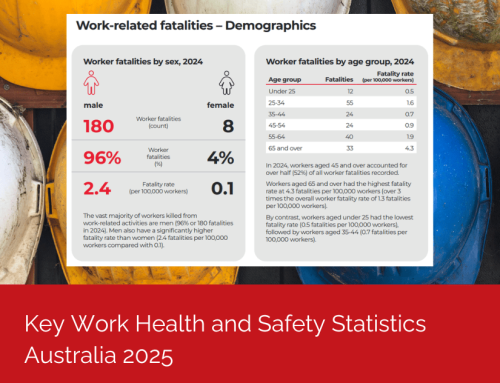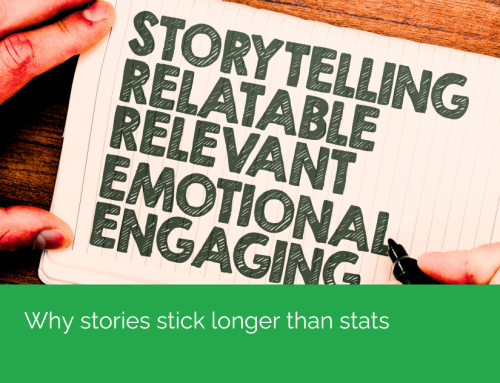
Discover what workplace culture really means and why it matters.
Culture is the pattern of behaviours, actions, and ways of thinking that develop within a group or society. It’s how we act, interact, and make decisions based on the shared values and beliefs of the people around us.
Culture is about who we are, how we define ourselves, and how we make sense of the world. It shapes the way we see our place in a group and informs everything we do – often without us even realising it.
Workplace culture shows up in how people treat each other, how decisions are made, and what is prioritised or ignored. It’s not written in a policy – it’s lived out every day in conversations, actions, and habits. Workplace culture can either support your goals or quietly work against them and leaders play a role in shaping and reinforcing it.
Why reshape your workplace culture?
When someone says, “Our culture needs to change,” what they really mean is, “We need a culture that better supports our goals.”
Organisations usually seek to reshape culture for two reasons:
- The current culture is working against them – maybe people aren’t speaking up, poor behaviour is going unchecked, standards are slipping or there have been injuries and it is having an impact on morale.
- The organisation is growing, shifting focus, or raising its standards, and the existing culture isn’t keeping up.
In both cases, culture becomes the key to unlocking performance – it either supports your strategy or undermines it.

Lunch atop a skyscraper (1932)
Photograph was taken as part of a publicity shoot organized by Hamilton Wright, Jr. Photographer unknown., Public domain, via Wikimedia Commons
This famous photo shows construction workers having lunch on a steel beam 850 feet above New York City, without any safety harnesses. At the time, such risk-taking was normalised as part of the job. Safety wasn’t prioritised, and speaking up wasn’t encouraged. This image captures how cultural norms can shape what’s considered acceptable.
This example shows how culture shapes what people see as normal. That’s why shifting culture is about changing what’s accepted, rewarded, or ignored, every day.
What happens when culture goes wrong?
Think of a team where issues are brushed aside, feedback is avoided, and sarcasm or exclusion goes unchecked. Over time, trust fades, communication breaks down, and psychological safety disappears. People stop taking initiative or raising concerns. Current employees lose motivation, have low morale, don’t feel valued and will leave or worse, stay but ‘check out’. You’ll also find it hard to attract and retain quality new staff. At the bottom line, productivity and reputation is effected, decreasing overall organisational success.
What strong workplace culture looks like
In high-performing organisations, leaders create and drive a positive and proactive culture through establishing an environment where people feel respected and empowered and everyone can raise concerns early. Workers collaborate, solve problems, take pride in what they deliver and are acknowledged for their work and contribution.
Culture is built, not wished for
You can’t simply declare a new culture. Leaders have to be proactive in building a workplace culture with intention, structure, and follow-through in both their words and actions.
At LDN, we guide organisations through a practical six-step process that supports leaders to shape a culture that supports your strategic direction. We work with organisations to:
- Assessing your current culture: working with you to examine your values, behaviours, systems, and how they show up across the business.
- Defining your future culture: identifying the cultural outcomes you want (and need) to support performance, safety, and engagement.
- Clarifying leadership behaviours: outlining the specific actions and habits that will bring the desired culture to life.
- Engaging your people: building buy-in at all levels and embedding new behaviours through real work and daily routines.
- Measuring culture change: tracking progress using tools and indicators that provide real feedback and insights.
- Maintaining the culture: sustaining momentum through leadership development, performance systems, and reinforcement strategies.
We provide a mirror to where you are now, and a roadmap to where you want to go. It’s not easy work, but with the right approach, reshaping culture is not only possible – it’s powerful.





